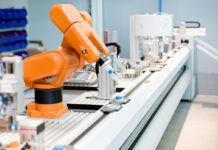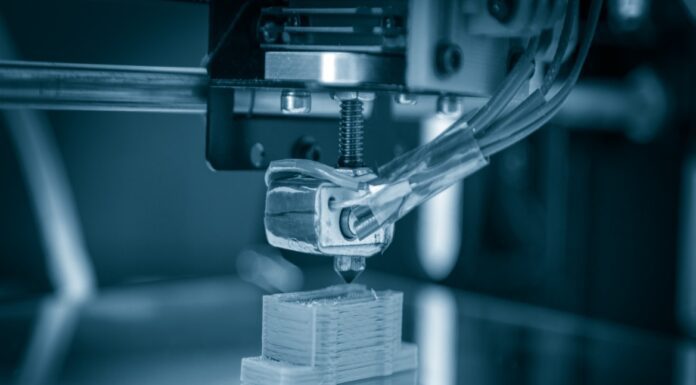
Cooperative Research Australia (CRA) has unveiled an independent study demonstrating the significant impact of the Cooperative Research Centres (CRC) Program in advancing Australia’s Net Zero goals.
The report, conducted by ACIL Allen, reveals that the program is generating billions of dollars in CO2 abatement outcomes and decarbonisation-focused economic activity, while also creating thousands of jobs.
According to the study, 13 CRCs and post-CRCs are playing a role in supporting Australia’s decarbonisation efforts.
Jane O’Dwyer, CEO of CRA, highlighted the CRC Program’s role in addressing critical industry challenges, stating, “Australia’s globally renowned CRC Program is at the forefront of efforts to achieve our ambitious climate change targets, with more than $1 billion of private and public investment in research and development to help Australia reach Net Zero.”
The ACIL Allen report estimates that this investment will generate $4.8 billion in additional economic output, $3.3 billion in cumulative CO2 abatement, and create thousands of jobs from 2017 to 2032.
O’Dwyer emphasised the program’s extensive reach, noting that the CRCs bring together over 1,600 partners across research, industry, and government, with connections spanning more than 18 countries across Europe, the Americas, Asia, and Oceania.
O’Dwyer added, “The CRC model provides a well-established mechanism for unlocking private-sector R&D investment and fostering productive industry-research collaboration. However, there is still significant work to be done if we are to reach these ambitious climate targets.”
She added, “With relatively little additional Federal investment and increased flexibility, the CRCs can supercharge our decarbonisation efforts across a vast array of sectors.”
The report, titled “Mapping and Quantification of CRCs’ Work on Decarbonisation,” projects that the CRCs will generate $4.8 billion in economic output, increase Australia’s real economy by $1.7 billion through industry-led decarbonisation research, and create 3,705 job years by 2032, equivalent to an average of 265 full-time jobs per year.
For every dollar invested, the CRCs are expected to generate $5.80 in additional economic output.
“Decarbonisation is a highly complex global issue with a wide array of policy, market, and social considerations at play,” said O’Dwyer.
“What we can clearly see is the extent to which CRCs are helping propel Australia towards a sustainable, prosperous, and decarbonised future; one where Australia realises its emissions goals.”
The decarbonisation challenge remains significant. A 2023 review by the International Energy Agency highlighted that while Australia’s recent policies support decarbonisation, more changes will be needed to achieve Net Zero by 2050.
Current projections indicate that Australia is expected to reduce its greenhouse gas emissions by 37 per cent below 2005 levels by 2030, falling short of the 43 per cent reduction target.
ACIL Allen Director of Science and Technology, Dr John Söderbaum, emphasised the importance of collaborative efforts in achieving these goals.
“The work of the CRCs is strongly aligned with Australia’s national decarbonisation goals, and there is strong potential to further enhance their work programs to expand the CRC contribution to realising Net Zero outcomes.”
CRC TiME CEO, Dr Guy Boggs, who chaired the study’s Steering Committee, highlighted the CRCs’ role as an essential lever for progress.
“CRCs provide an effective and flexible mechanism for stakeholders from different sectors to work together, leverage their collective expertise, and address complex challenges through collaboration and strategic investment in delivery, translation, and commercialisation of research.”
The report underscores several ways that the CRC Program is contributing to Australia’s decarbonisation mission.
For example, the Blue Economy CRC is harnessing clean energy for offshore commercial vehicles, Future Fuels CRC is advancing Net Zero emission fuels, iMove CRC is accelerating electrification in mass transport, and SmartCrete CRC is developing technologies to decarbonise hard-to-abate sectors like concrete and cement.
“The activities of CRCs have evolved over time to meet Australia’s growing decarbonisation needs and industry priorities,” said Dr Boggs.
“There is immense potential for CRCs’ collective capability to contribute even more toward our climate goals. The opportunity is now to develop a shared action plan across government to further harness this infrastructure and draw on the capacity and capability of the CRCs towards Net Zero.”
For more detailed information, including the full report, fact sheet, and case studies, visit the project website.



















